JTF (just the facts): Published in 2023 by bruno (here) and (here). Hardcover, 25 x 33.5 cm, 64 pages. Includes an essay by Alessandro Morandotti. In an edition of 500 copies. (Cover and spread shots below.)
Comments/Context: The nested idea of making a photograph of someone making a photograph isn’t a new one. We can probably trace it back to the very origins of the medium somewhere in the 19th century, but the formal concept was given more definition in the photoconceptual days of the 1970s, and in the decades since then, many other photographers have played with its meta “looking at looking” possibilities, often with incisively comedic or knowingly pointed results. With the advent of smartphones and their ubiquitous use almost everywhere around us, the idea has become altogether obvious, perhaps signaling that collectively we’ve pushed this artistic motif to its natural limit.
But then I came across Louis De Belle’s thin photobook Crowd, and was reminded that artists nearly always find creative ways to rediscover the magic in something we’ve assumed is hopelessly banal. De Belle lives and works in Milan, and according to a short text included in his photobook, Italy attracts more than 70 million tourists every year. That’s a lot of 21st century smartphone-toting, selfie-taking people clogging up the streets, and De Belle has taken their inadvertently performative antics as his chosen subject.
What he hasn’t done is build his compositions around clever juxtapositions, temporary echoes, found oddities, and other decisive moments, where we can all have a good chuckle over layers of visual silliness. Instead, De Belle has in essence done the opposite, stripping away any and all context and surroundings, leaving behind simply the visitor and his or her camera in the process of making a photograph; we never see what they are looking at, nor do we get a glimpse at where they might be. In a process related to those used in projects by Philip-Lorca diCorcia and Alex Majoli, De Belle gets up close, and with a split second blast of flash, he places all our attention on the central figure and pushes the surroundings to darkness. The result is unexpected isolation, an alone-in-the-crowd moment where the bustle of the situation is completely silenced.
Crowd is organized as a parade of these individual portraits, most aligned vertically as waist-up views. The photographs are printed large and full bleed, drawing us into their darkness, with off pages left black to keep the tonal mood the same. Aside from the colophon on the front inside cover and a short essay on the back inside cover, the entire photobook (including the front and back covers) immerses us in this muted framework, with each page turn introducing us to a new photo-taking visitor.
What of course comes out of this stream of portraits is the broader concept of a taxonomy, where we can compare different examples of the same thing and notice the similarities and differences between the versions. In this case, De Belle’s approach amplifies the sculptural qualities of his sitters, with each pose becoming a single part of a larger formal exercise. Arm angle turns out to be important, ranging from the lowest crouched under-the-waist twist to the highest straight overhead looking up contortions. In between, there are one- and two-handed variations, the classic Statue of Liberty torch holding stance, and even the rotated phone upside down setup.
Since we can’t see the phone screens themselves, there is no definitive information about which way the camera is facing (either outward at some tourist site or inward at the photographer), but there are at least some clues provided by the facial expressions and body poses De Belle has captured. It seems likely that most of the intense concentration faces are looking outward; many are contorting their bodies to get the exact best shot, and a few have open mouths like athletes deep in the moment. The selfies seem altogether more contrived, with smiles, kiss faces, sexy poses, and people scrunched together in unnatural bunches, and even one visitor intently working on an Instagram-ready image of his gelato. What is perhaps most surprising is that De Belle has actually documented two people with real cameras, the two handed machinations of focusing the lens and clicking the shutter entirely different than the choreography of those using smartphones.
One of the byproducts of De Belle’s quick flash technique is that it tends to create a mix of flared highlights (on hands, arms, and heads facing the light) and layered cast shadows (often across bodies and faces). The enveloping empty darkness also heightens our attention to particularly resonant details, which seem to stick out even more in these portraits. So we notice the presence of baseball, bucket, and sun hats, sunglasses, colorful shirts, watches, purses, backpacks (sometimes worn on the front), earbuds, and a smartly matched pair of light blue nails and phone case. And an unsteady sense of awkwardness enters the frame when visitors wrestle with a bright blue umbrella, a coffee drink held in the mouth, shopping bags and jackets draped over arms, and a water bottle tucked under an elbow. These details hint at personalities and back stories, but leave the narratives open ended so we can imagine them ourselves.
The photographs in De Belle’s Crowd are straightforward and easy to like, but that approachability doesn’t dilute their subtle richness and complexity when seen as a group. Of course, in photobook form, the layers of mediated viewing can now be tallied at four, given we are indirectly watching the artist watch the watchers as they watch something else (or themselves). But De Belle makes this kind of conceptual mind bending feel inclusive and welcoming, bringing us along as co-conspirators as he hunts through the jostling crowds for his subjects. In the end, the Italian photographer deserves hearty congratulations for crafting an innovative way of seeing a subject that seemed, at least on the surface, entirely exhausted.
Collector’s POV: Louis De Belle does not appear to have consistent gallery representation at this time. As a result, interested collectors should likely follow up with the artist directly via his website (linked in the sidebar).
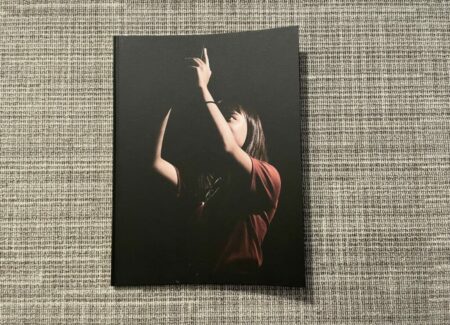
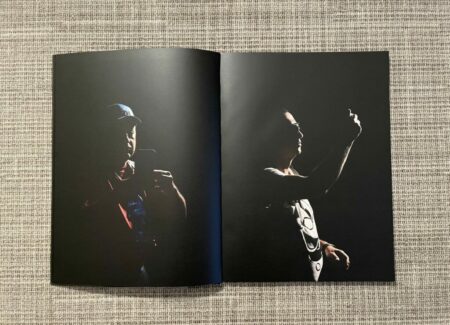
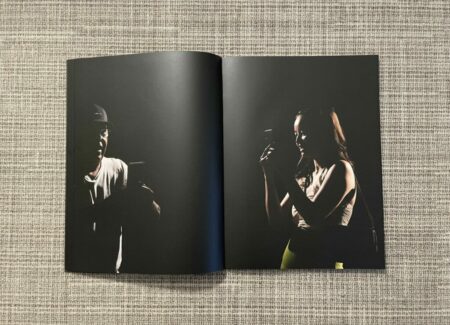


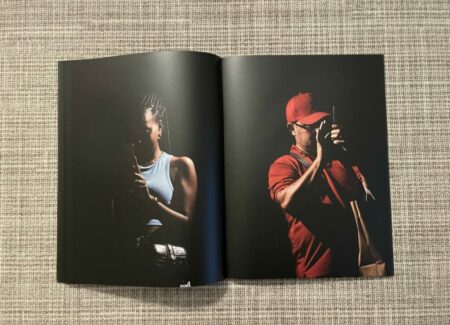

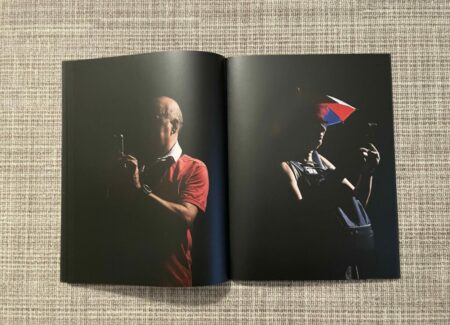
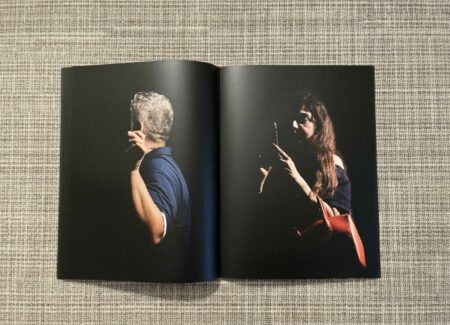
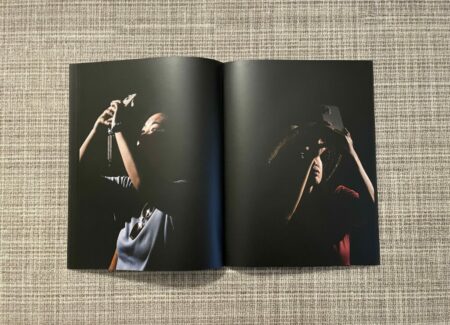
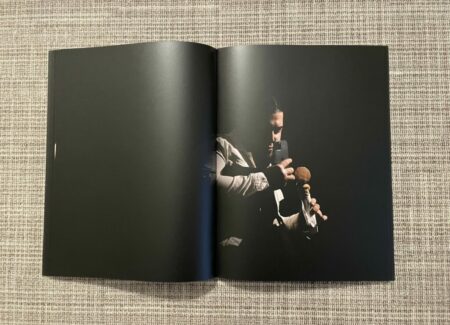


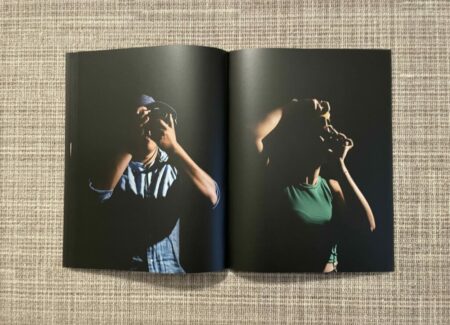
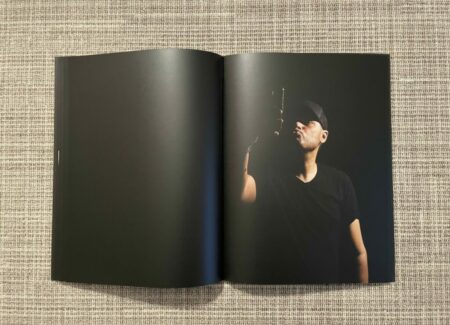


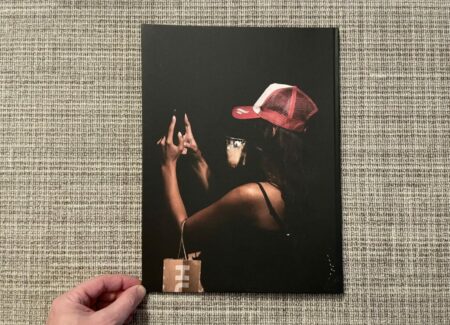




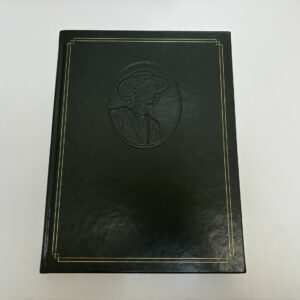
‘The photographs in De Belle’s Crowd are straightforward and easy to like, but that approachability doesn’t dilute their subtle richness and complexity when seen as a group.’
Nail on head with that summing up.
After having had another look at the Philip-Lorca diCorcia street portraits I’m pleased to find they are more different than I’d imagined, both in the aesthetic and in what they reveal.